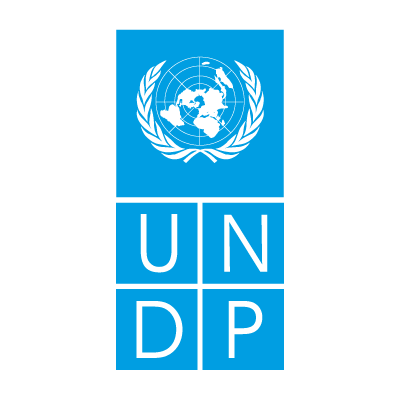
KNOWLEDGE
HUB
Case Study
Distributed Generation in Mexico
Mexico has committed to a 25% reduction in GHG emissions by 2030 as part of its INDC, and it aims to generate 35% of electricity from clean sources by 2024. Distributed generation (DG) can play a key role in helping Mexico meet both goals. Mexico is undergoing an energy reform that will create increasing opportunities for DG deployment. Energy institutions in Mexico have already made regulatory and policy choices to enable DG deployment, and remaining economic, technical, and regulatory barriers can be addressed by adopting best practices. Listed below are some DG best practices explored in this case study.
- Understanding context-specific DG costs and benefits allows DG’s value to be calculated fairly.
- Improving the technical interconnection process for DG ensures that systems are connected safely, reliably, and quickly.
- Customer access to DG can be expanded by offering different participation options and enabling new business models.
- Employing tariffs such as net metering or feed-in tariffs in alignment with rate design will enable DG deployment. At the same time, it is important to understand how tariffs may evolve in the future under high-DG-penetration scenarios.
Institutions Involved
Regulatory Assistance Project, 21stCentury Power Partnership, Mexico Ministry of Energy (SENER), Mexico Energy Regulatory Commission (CRE), National Renewable Energy Laboratory



